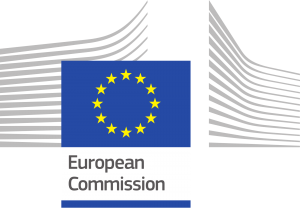The use of structural Indicators for monitoring higher education and training
Ar eas in which the use of structural indicators have the potential of showing the added value of professional higher education are work placements, graduates’ employability, involvement of external stakeholders, labour market and skills forecasting in government planning.
eas in which the use of structural indicators have the potential of showing the added value of professional higher education are work placements, graduates’ employability, involvement of external stakeholders, labour market and skills forecasting in government planning.
By way of example we can distinguish two national (and European Union (EU)) objectives, requiring or taking into account a skills basis: firstly the attainment of participation targets in higher education (EU benchmarking of 40 % in the 30-34 age bracket); secondly graduates’ employability. In both cases we choose those indicators that have the potential of showing “Professional Higher Education (PHE) Excellence”.
In Higher Education (HE) the indicators that demonstrate the capacity of PHE to widen HE participation are Recognition of informal and non-formal learning for entry in HE; performance-based funding mechanisms with a social dimension. On the subject of Graduates’ Employability, the most likely indicators showing the relevance of PHE are: Use of regular labour market forecasting; involvement of employers in Quality Assurance (QA); requirements for student work placements.
Additional information:
Communication from the Commission to the EP, etc.: A New Skills Agenda for Europe {SWD(2016) 195}
Structural Indicators for Monitoring Education and Training Systems in Europe, 2016, Eurydice Background Report to the Education and Training Monitor 2016


